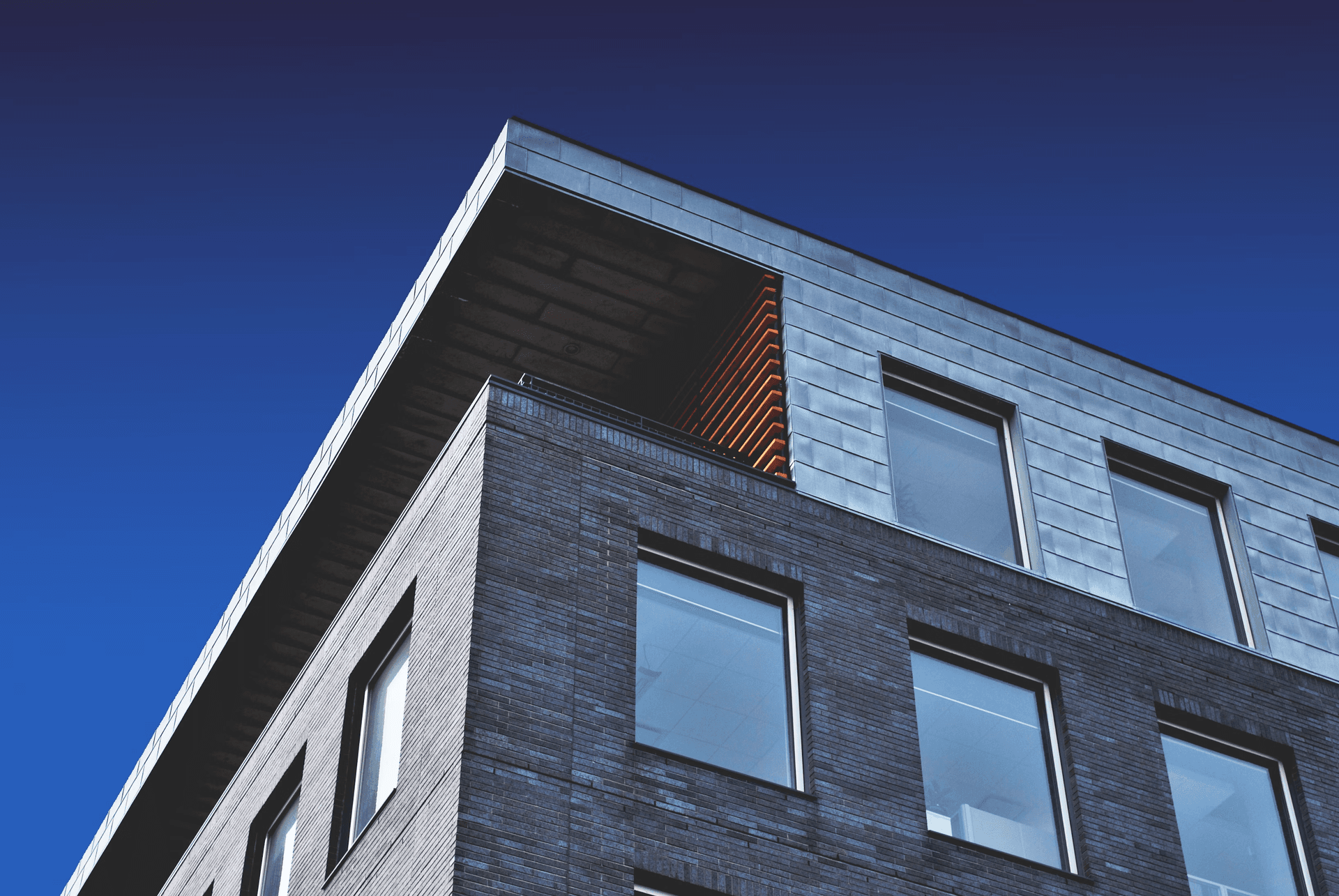Nov 16, 2024
Buying
Sabina Hassan
Real Estate Broker

House hunting can quickly become a daunting task; trying to stick to your budget while satisfying all of your wants and needs. You may feel restricted by price, especially first-time buyers, and may feel pressured into settling on a home that’s less than perfect. Be choosy! You want to be happy with your home for years to come. So take some time to consider what you should be looking for in your next dream home.
Generally less expensive newer properties. More home for the money. Longer travel times if you work in the city. Further away from the downtown core.
Closer to many job opportunities and within walking distance to entertainment, dining and schools. More variation in home styles. Often noisier and more expensive, with higher crime rates and less house for the money.
Often homes on high-traffic streets are significantly cheaper. They tend to be noisier, busier and less safe for children. A house on a busy street oftentimes has reduced resale value.
The number one choice of buyers with children. Encourages more neighbourly interaction. Less privacy can be an issue for some.
Often larger lots with fewer neighbors. Tend to have more visibility and more interior natural light. Corner lots are exposed to more traffic noise and have more property to maintain in the winter months. Also, more susceptible to vehicles jumping the curb.
Good appreciation on this property type. Opportunity for gardens, more privacy and an overall quieter space. More expensive and more maintenance than other home options.
Less expensive than comparable single-family homes. Generally newer so fewer repairs, and no yard or exterior maintenance. Usually less privacy and oftentimes expensive maintenance fees. More noisy due to common walls and/or floors and ceilings.
Sometimes no private yard or balcony.
Easy wheelchair access, minimal stairs and easier to clean. Can be noisier as entertaining areas and bedrooms are on the same floor. Some people feel safety is compromised if bedrooms are located at ground level.
More living space on the same foundation. More privacy and stair climbing than a single story home. Temperature variation can sometimes be an issue in multi level homes.
Often less expensive if purchased with an unfinished lower level. Higher ceilings are a good resale feature. Downstairs family room separates noise from upstairs.
More square footage on same size lots as single level homes. Less storage space, and kitchens tend to be smaller.
3 or more bedroom homes are the most desirable for resale. 2 bedroom homes appeal mostly to first-time buyers, singles or seniors.
2.5 bathrooms is most ideal for home buyers (master bath, guest bath and powder room). 1 bath homes are often less expensive and are less desirable when reselling.
Larger spaces offer more room and cost less per square foot than smaller spaces.
Remember, layout is more important than actual square footage. Sometimes well designed smaller spaces appear larger.
Extra space for media rooms, art studios, children's playrooms, gyms, den/study can be a great features to help you grow with your home.
More affordable to build and oftentimes offer direct access from the house into the garage.
Expensive to build. Direct exposure to inclement weather when accessing the garage.